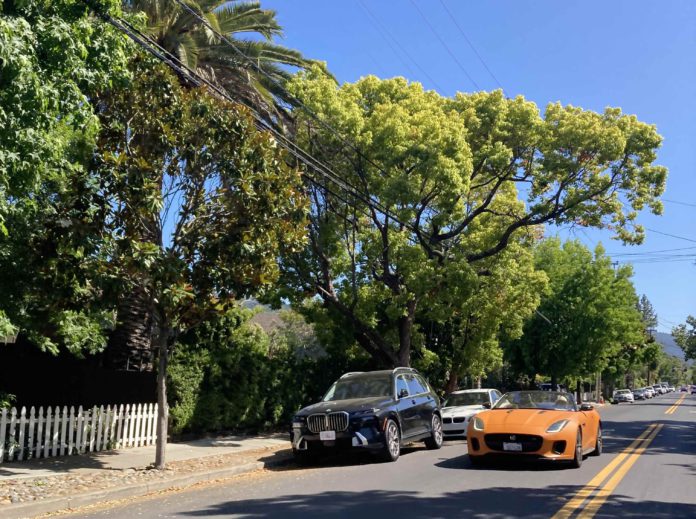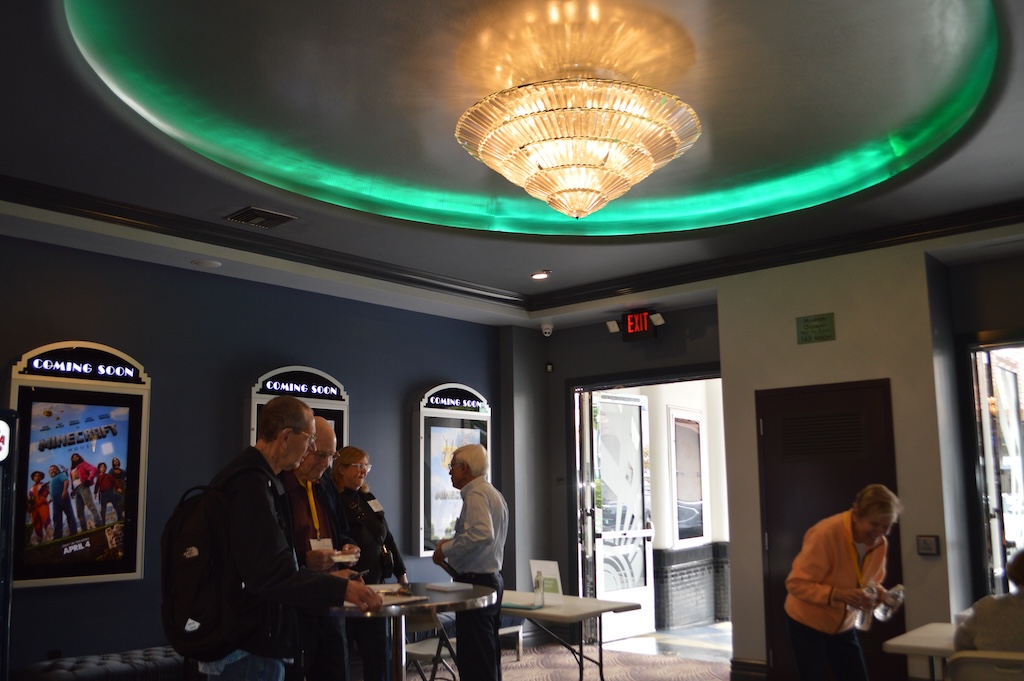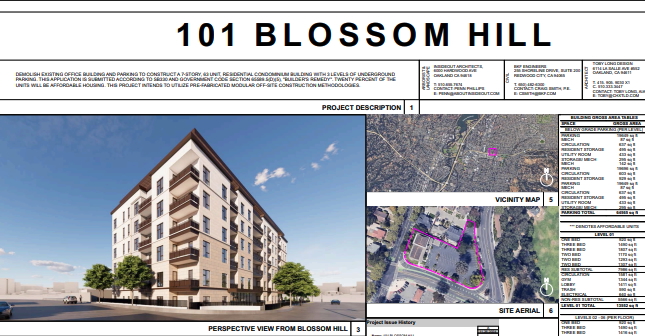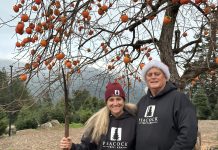
Back in the 1970s, then–California Governor Jerry Brown earned the nickname “Governor Moonbeam” for his forward-thinking and unconventional ideas. Among them was a now-famous mantra: “Small is beautiful.” Brown’s vision championed conservation, thoughtful planning, and development that respected the natural landscape and community character.
Los Gatos once embraced similar principles.
With its tree-lined streets, historic downtown, and a deep commitment to preserving neighborhood character, our town was a model of intentional restraint and thoughtful growth.
But in 2025, that delicate balance is under threat.
At the breaking point
Several large-scale projects are poised to reshape Los Gatos dramatically. Here are just three examples:
- The Café Dio Proposal: Plans to build a 30-home mixed-use development adjacent to Los Gatos High School threaten to increase traffic and raise safety concerns, especially given the sensitive school zone location.
- Redevelopment of the Former Post Office: This project would replace a civic building in downtown Los Gatos with luxury condominiums atop retail space. Critics fear this will escalate traffic and noise, and diminish the public nature of the site.
- 101 Blossom Hill Road Development: A multi-family housing project with significant scale and density raises concerns about infrastructure strain, traffic congestion and school impacts.
Together, these projects mark a fundamental shift—from a town that once valued scale and neighborhood fit to one now grappling with state housing mandates and rapid development pressures.
Why is this happening?
California’s housing shortage is well-documented, and State laws like SB 330, SB 35, and the Regional Housing Needs Allocation (RHNA) compel cities and towns to approve more housing—often quickly. Los Gatos faces a RHNA target of over 1,900 new units by 2031. Failure to meet this target can activate the “Builder’s Remedy,” which allows developers to bypass some local zoning controls.
But even under these pressures, developments must comply with specific state and federal laws designed to protect health and safety.
What can residents do?
Concerned residents have meaningful tools to influence how Los Gatos grows:
California’s housing shortage is well-documented, and State laws compel cities and towns to approve more housing
- Engage in public comment: Attend Planning Commission and Town Council meetings or submit written comments. Highlight environmental concerns, traffic and school safety, wildfire risks under fire codes, and water infrastructure adequacy.
- Support legal review and appeals: If projects proceed without proper environmental or safety mitigations, legal challenges are possible.
- Advocate for thoughtful alternatives: Not all development is harmful. Support smaller-scale infill projects that enhance affordability while preserving community character. Push for adaptive reuse and historic preservation.
- Influence policy and elections: Land use policy is shaped by elected officials. Support candidates who prioritize scale, transparency and community input.
- Consider ballot initiatives: Though resource-intensive, local measures can set standards for development size, safety or environmental protection.
- Participate in plan updates: The General Plan and Housing Element guide development. Resident involvement in these processes can embed objective standards enforcing fire safety setbacks, traffic mitigation and environmental safeguards.

A choice for Los Gatos’ future
Growth is inevitable. But scale, form, and impact remain choices for our community.
Do we want Los Gatos to become just another “anywhere California” suburb of oversized buildings and luxury enclaves? Or do we reaffirm our identity as a town that values design, livability, and the thoughtful balance of progress and preservation?
Jerry Brown’s “small is beautiful” may sound quaint now, but in an era of rapid urbanization, his vision offers wisdom worth reclaiming.
The challenge ahead is clear: embrace growth that respects our laws protecting the environment, public safety and community character—while ensuring housing affordability and inclusion.
This balance is not easy. But with informed residents engaged in the process, Los Gatos can be a model of sustainable, beautiful growth—just as Governor Moonbeam once dreamed.










